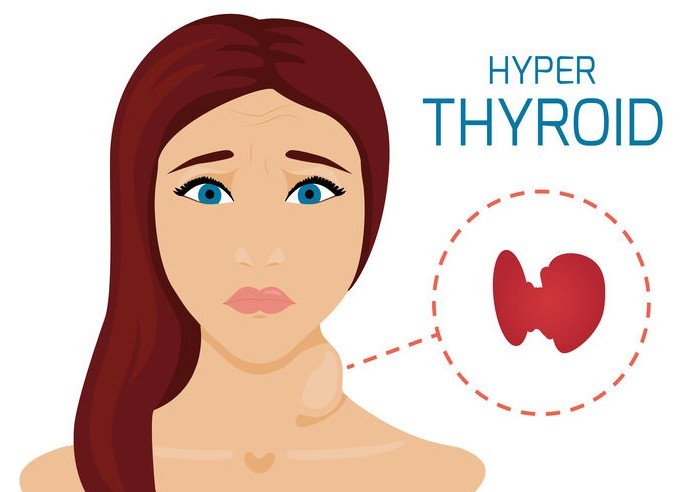WHAT YOU SHOULD KNOW

HASHIMOTO DISEASE
Also known as Hashimoto or autoimmune thyroiditis-is an autoimmune disease affecting the thyroid. With any autoimmune disease, your immune system, designed to attack germs and make the body well, mistakenly attacks itself.
Hashimoto disease occurs when your body attacks the thyroid as if it were a virus. This leads to a decrease in thyroid function and hormone production.
The thyroid is a butterfly-shaped gland attached to the front of your windpipe. It’s part of the endocrine system, which is responsible for producing, storing, and using hormones.Your thyroid regulates: metabolism, growth, temperature, energy
It’s incredibly important to keep thyroid hormones in balance. Any disturbance in the thyroid can affect:metabolism, body temperature, blood pressure and heart function, muscle strength, central nervous system.
When your thyroid doesn’t produce enough hormone, it’s in a state of hypotyroidism. Hypothyroidism affects your body’s metabolism. That’s why changes in weight are often associated with thyroid problems.
SYMPTOMS
Many people who live with Hashimoto disease don’t experience any symptoms at first. As time goes by, one of the more obvious signs of Hashimoto disease is a goiter.A goiter is an inflamed and enlarged thyroid that makes the front of your neck look swollen.
The most common and easily recognized symptoms of Hashimoto and hypothyroidism include the following: cold intolerance, fatigue, weight gain, depression, hair loss , dry skin
References:
1)Liontiris MI, Mazokopakis EE. A concise review of Hashimoto thyroiditis (HT) and the importance of iodine, selenium, vitamin D and gluten on the autoimmunity and dietary management of HT patients. Points that need more investigation. Hell J Nucl Med. 2017;20:51-56.
2)Przybylik-Mazurek E, Zagrodzki P, Kuźniarz-Rymarz S, Hubalewska-Dydejczyk A. Thyroid disorders-assessments of trace elements, clinical, and laboratory parameters. Biol Trace Elem Res. 2011;141:65-7


Dodaj komentarz